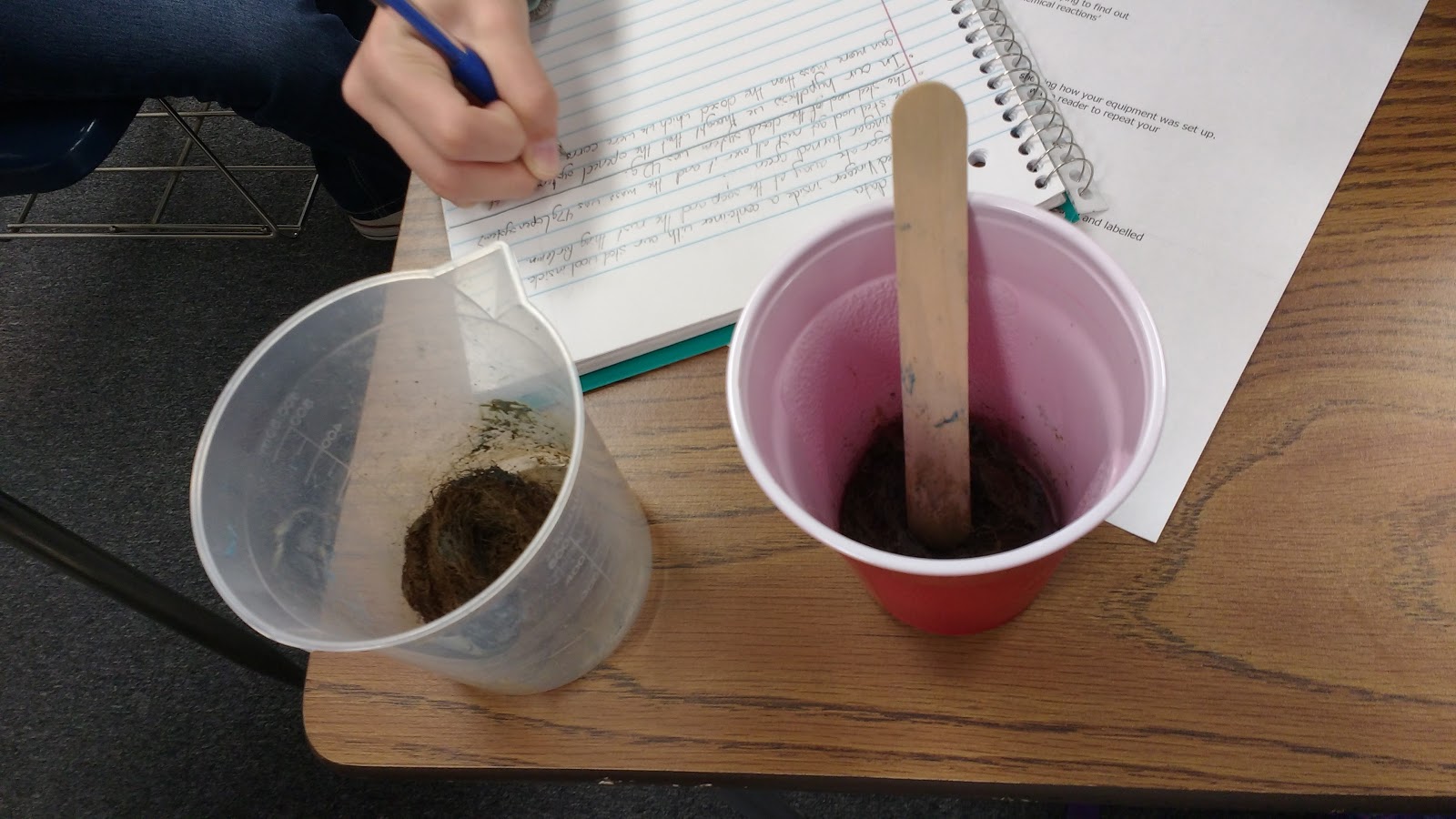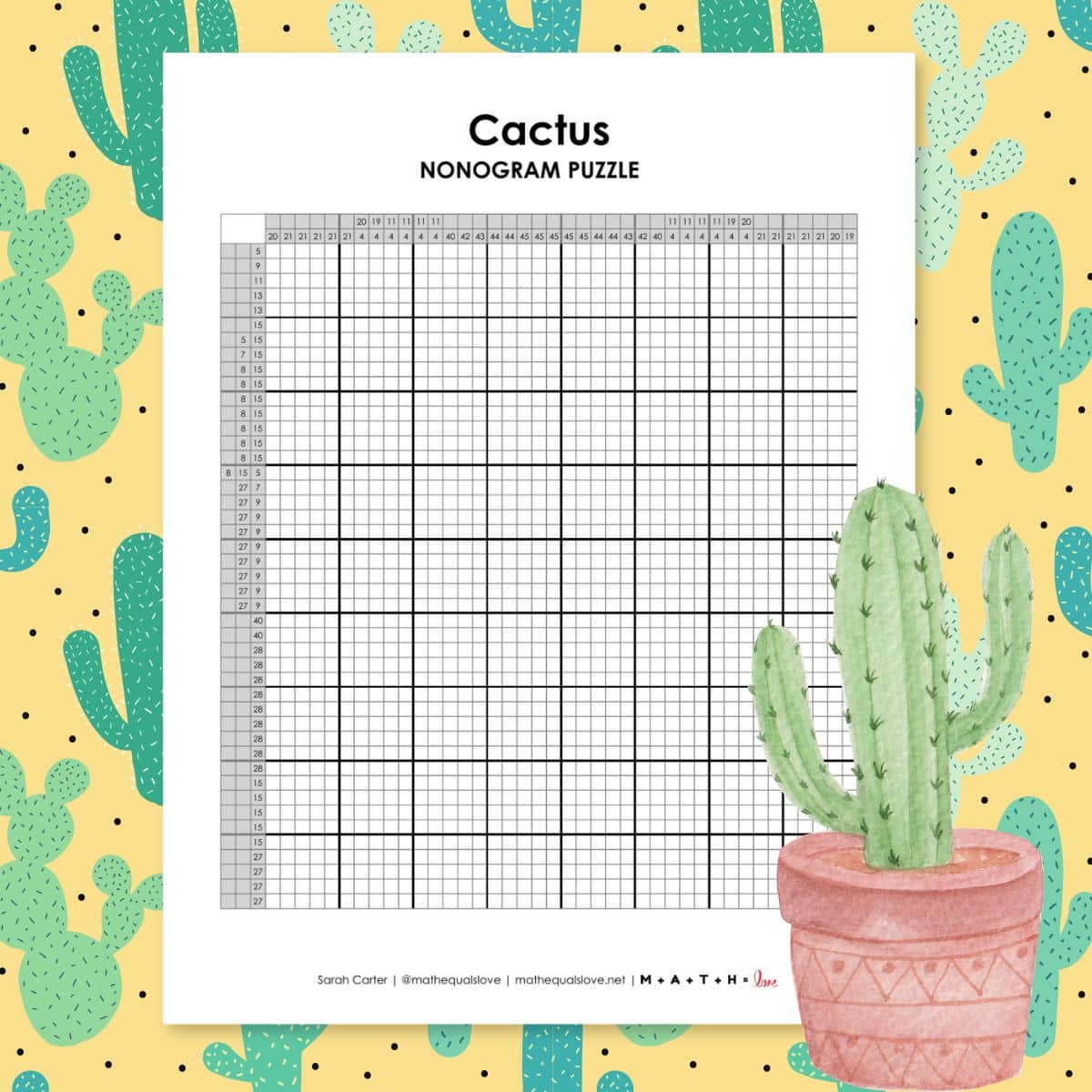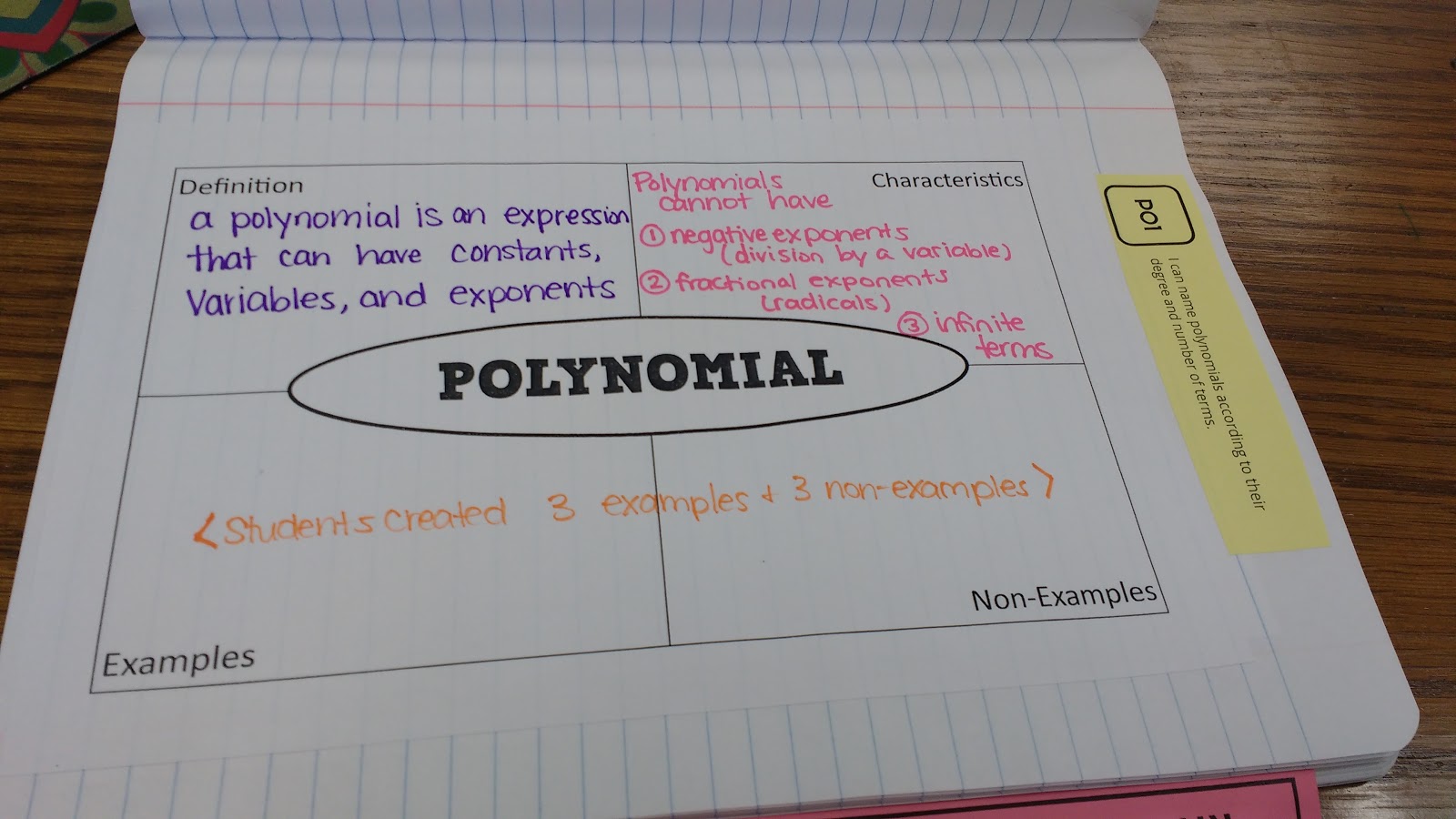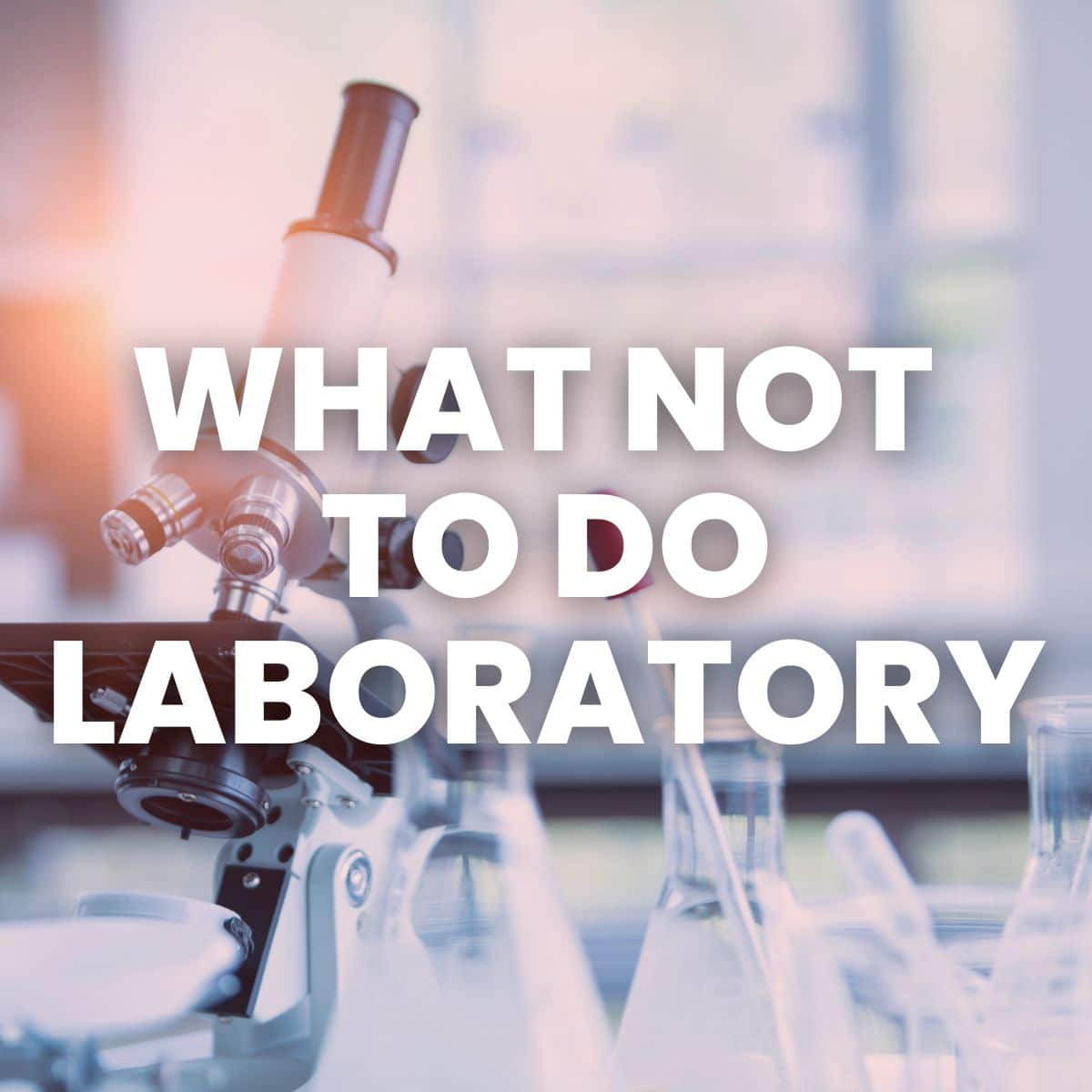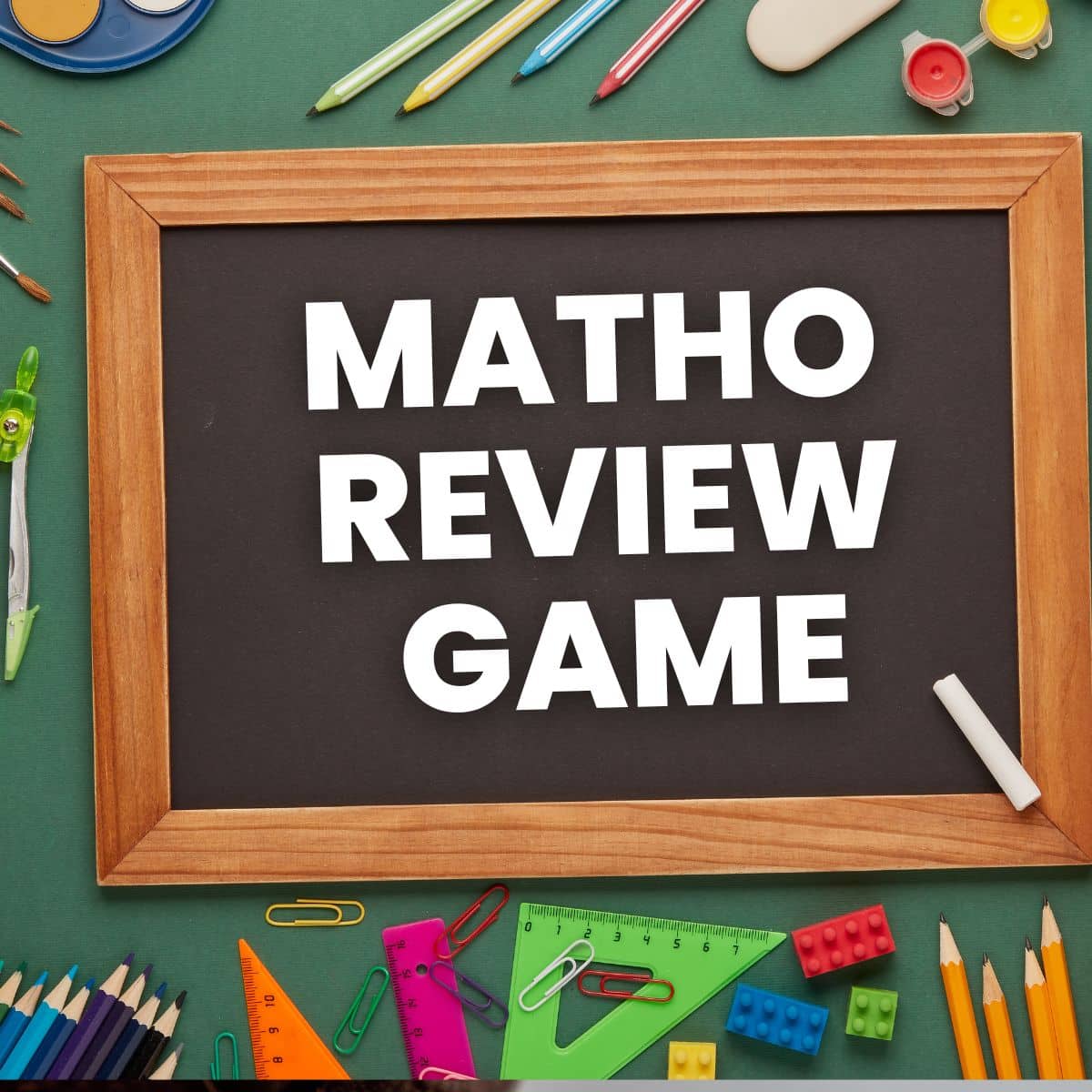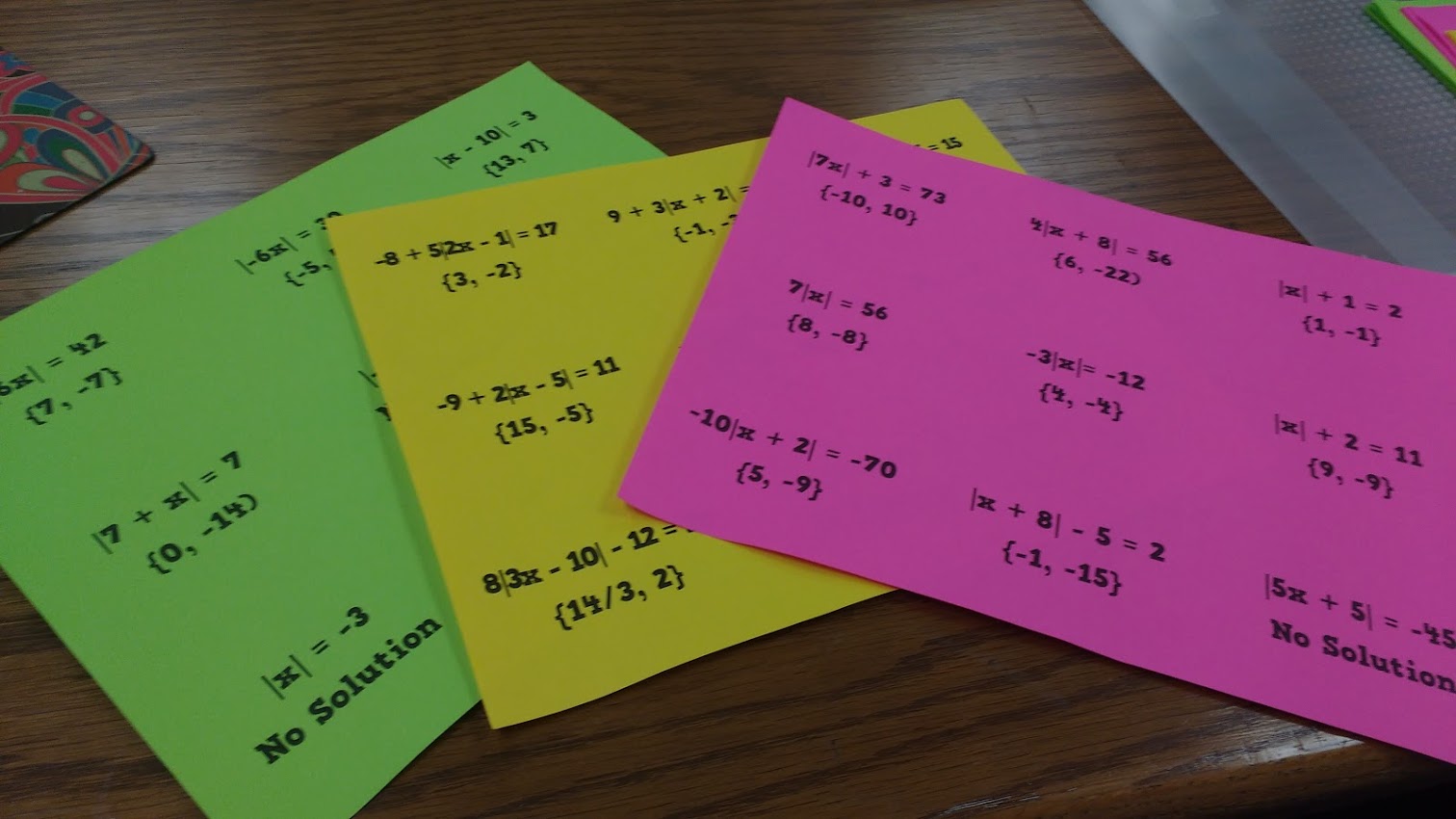Rust Lab
For our next experiment on chemical reactions in physical science, we made rust. I thought that I had learned from my mistakes with the previous effervescent tablets lab.
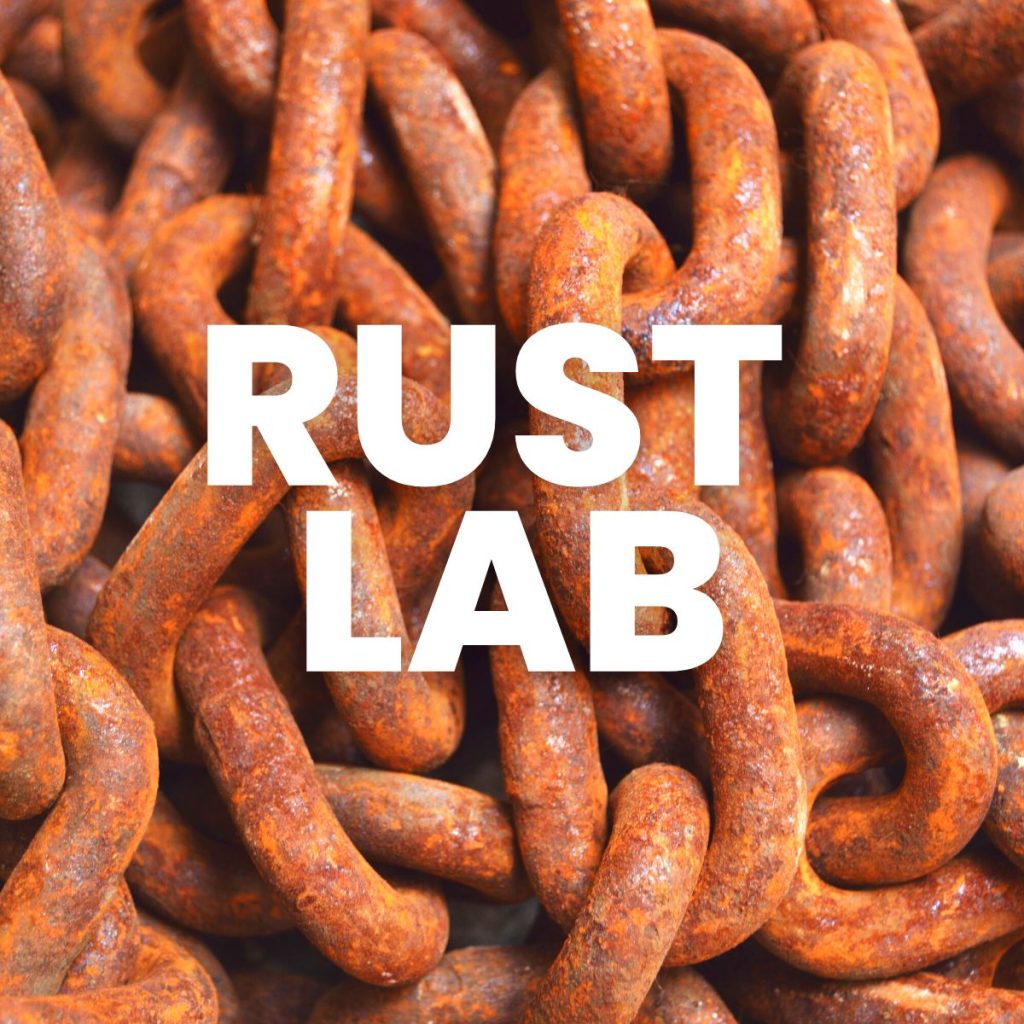
We spent a class period designing the lab together. We wrote a hypothesis as a class. We discussed how to set up the experiment and collect data.
We used soap pads in lieu of plain steel wool because that’s what I could find easily the night before at Wal-mart. Though, maybe I should have looked in the home repair section for steel wool???
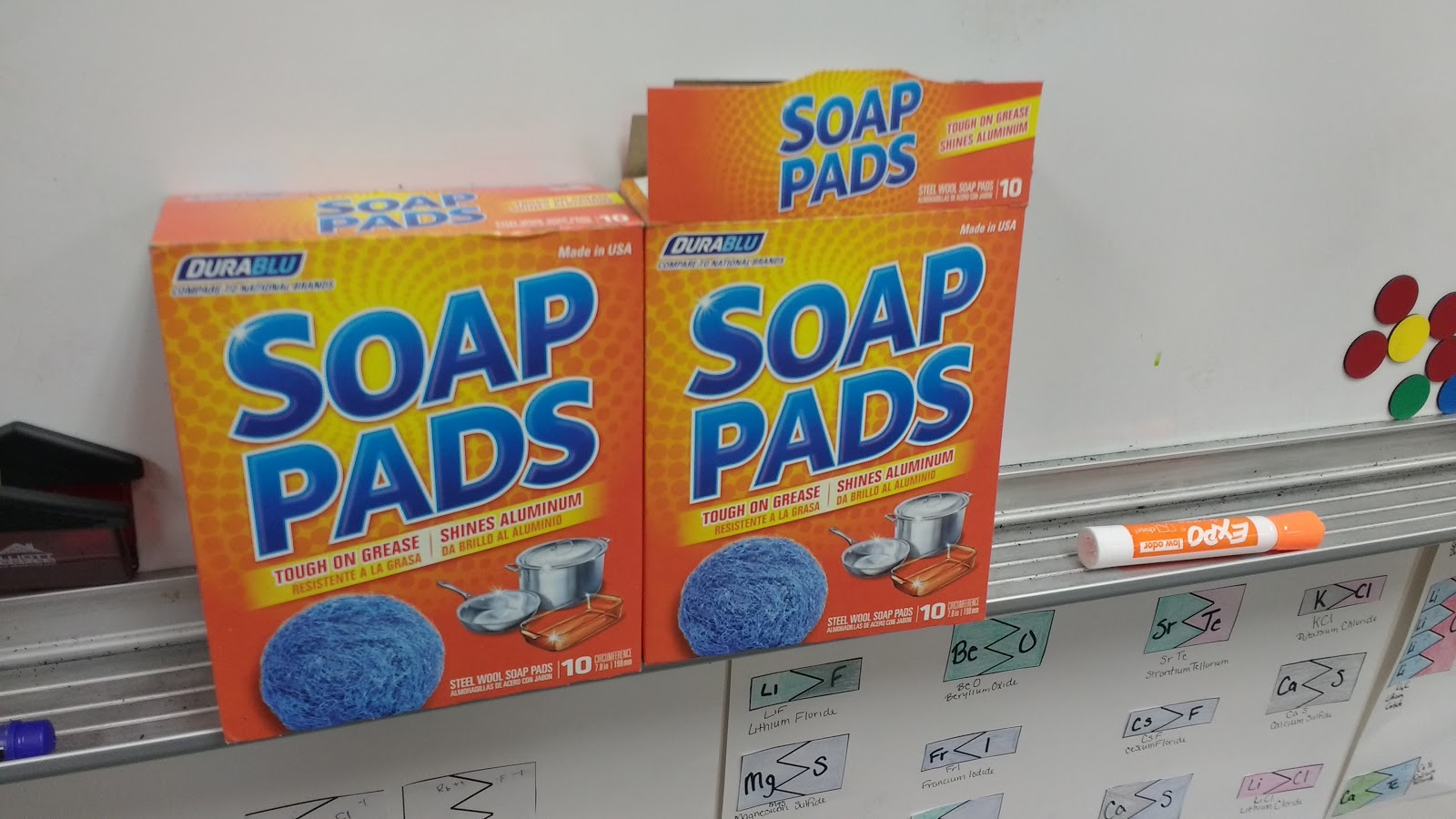
We soaked the soap pads in vinegar for around five minutes to remove some of the soap and the protective coating on the steel wool that keeps it from rusting in the box.
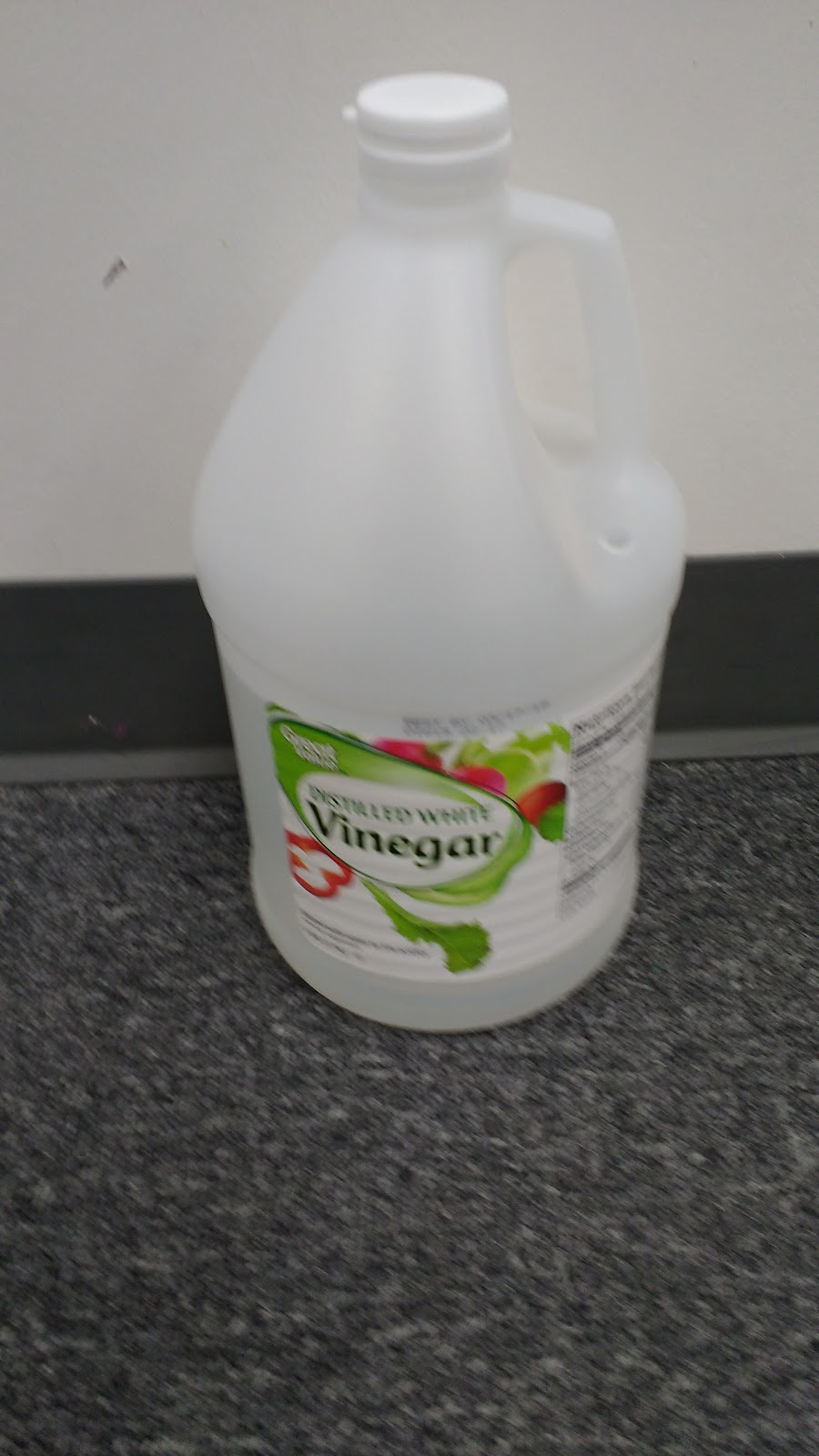
My students were convinced that the soap pads would only rust if we left them in water. The idea that they would rust in the air seemed to blow their minds.
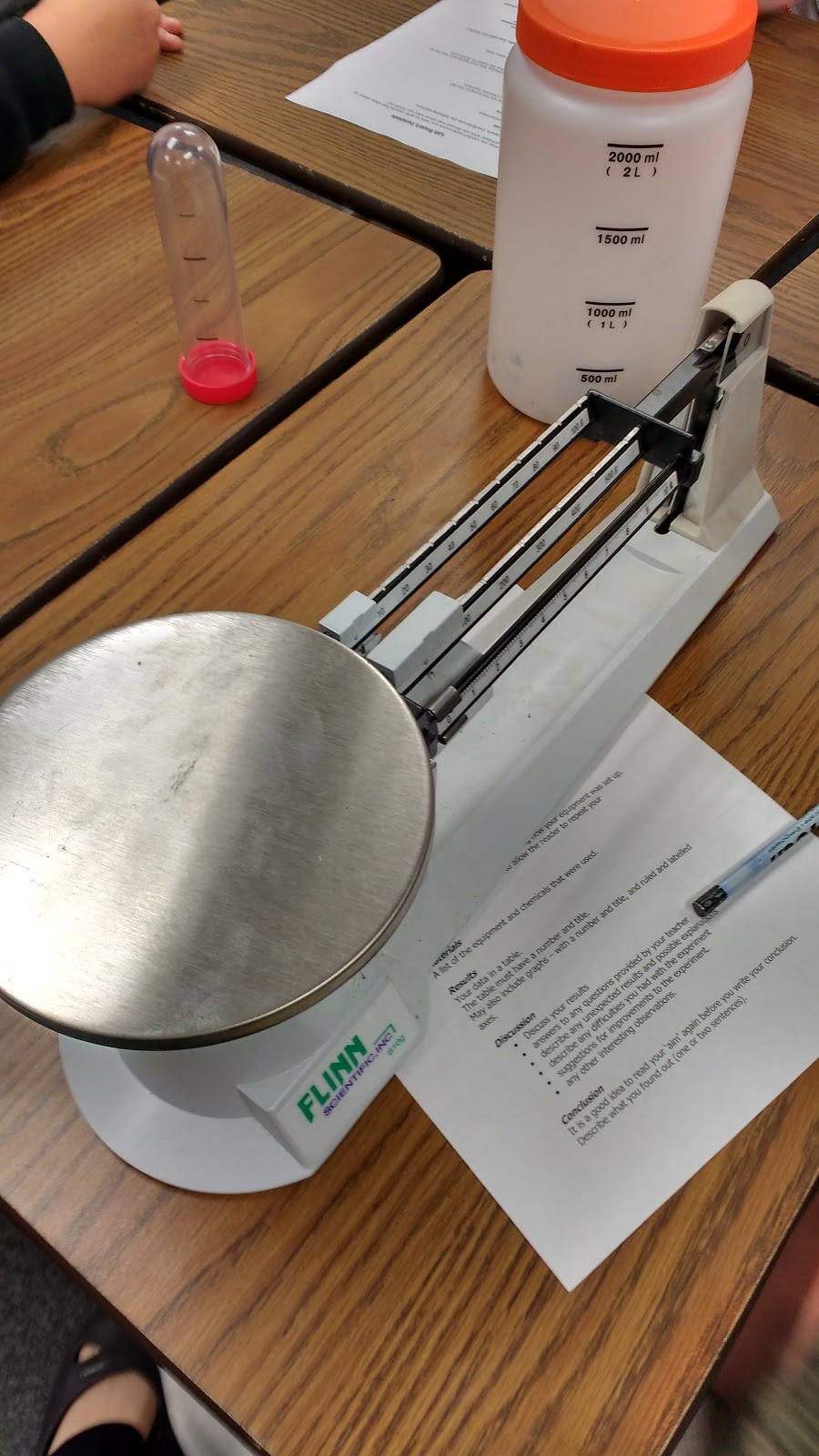
Each group squeezed the vinegar out of their soap pads and put one in an open system and one in a closed system. They measured the starting mass of each system, then we began our wait.
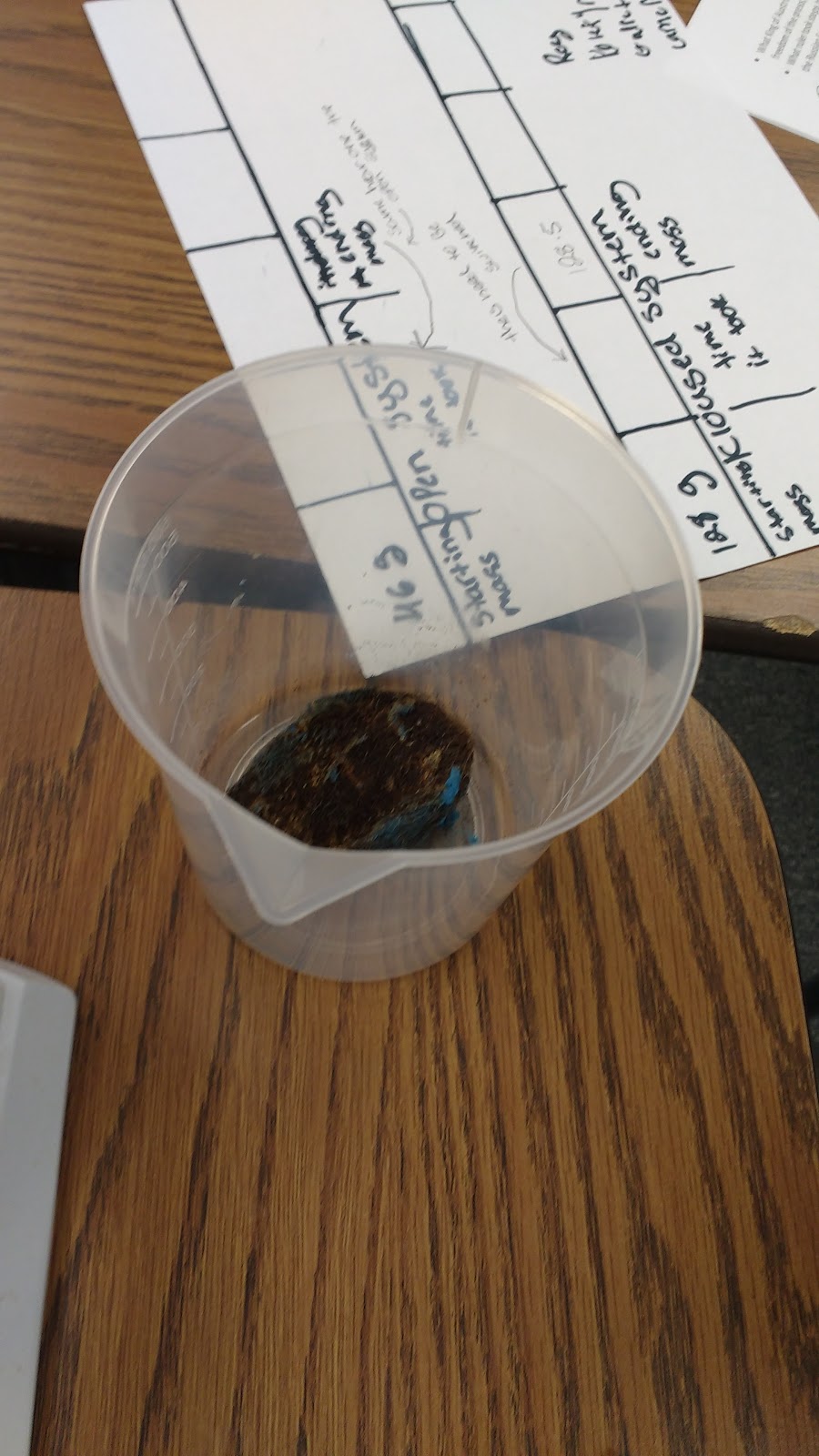
My students were convinced that we would be waiting days and days before they started rusting. I told them I didn’t think it would take that long. Our physical science class is 2nd hour, and I have some of the same students in my 5th hour Algebra 1 class. It was to see them excitedly check their experiments when they came back in my room.

Now, there was an aspect of this experiment that I didn’t quite think through. As the day went on, my classroom started to smell more and more and more and more like rust. When students would walk in my room, they would immediately ask what the smell was. Rust!

After a day, our soap pads had become sufficiently rusty to record our observations and record the ending masses.
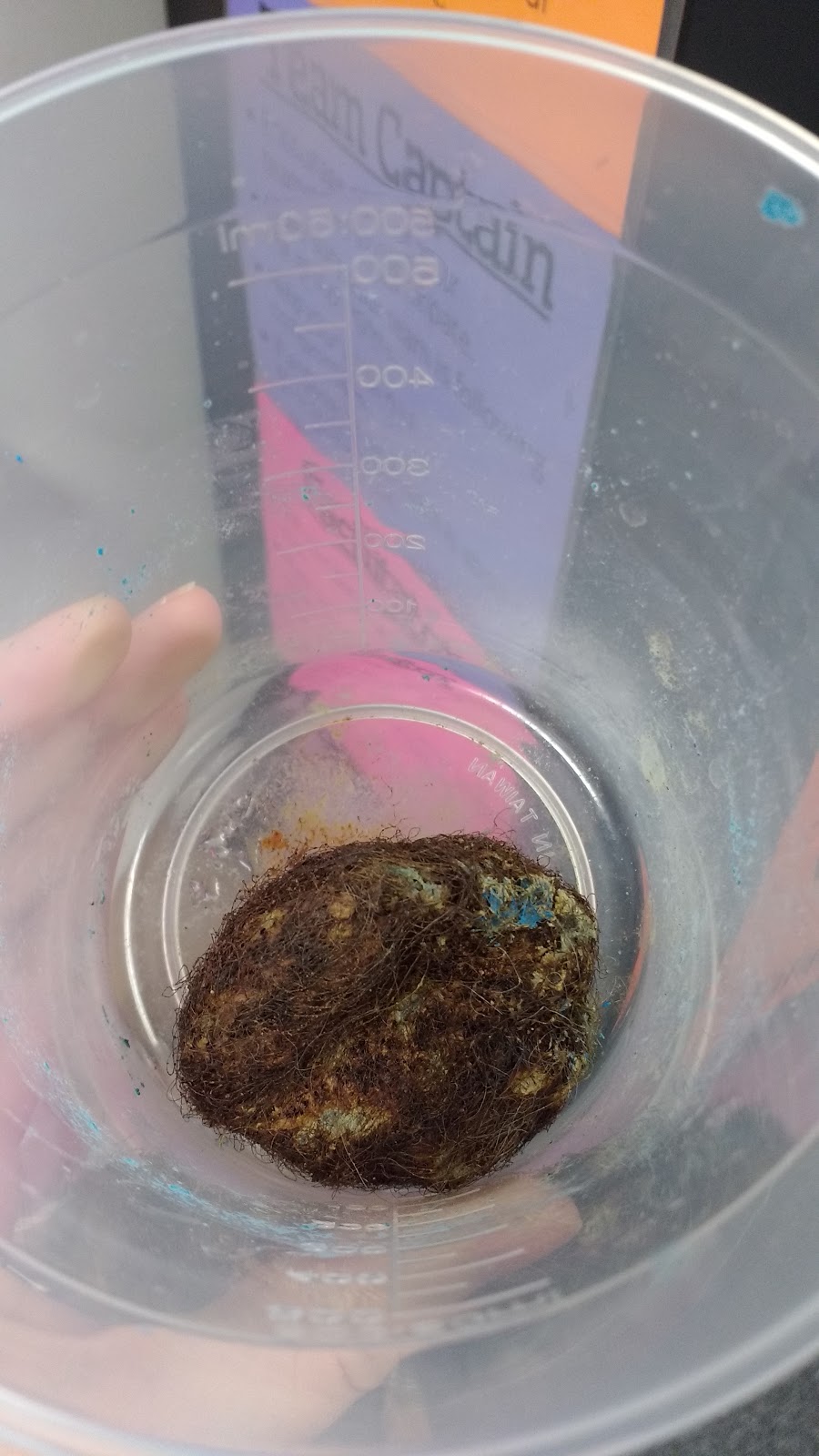
This was where the experiment took a turn for the worse. My students’ measurements were ALL over the place. One group had a starting mass of 50 or so grams and an ending mass of 9 grams. They didn’t seem to see any problem with this data that they had collected.
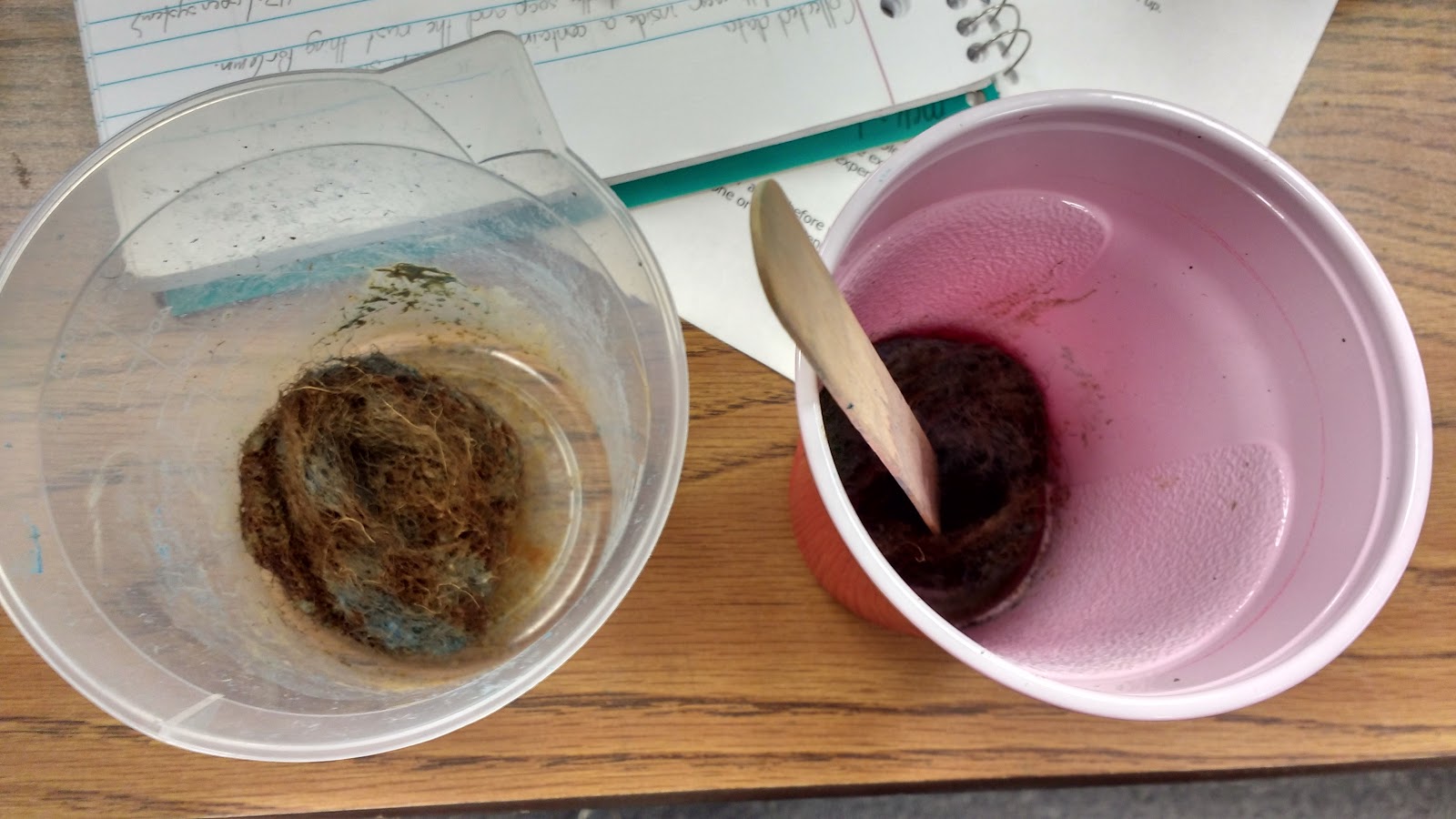
I wanted them to see a clear correlation between starting and ending masses and the type of system. But, I’m afraid all they learned about was making rust. 🙁 How do I get my students to take more accurate measurements??? We spent weeks at the beginning of the year practicing using scales, so I don’t think it’s that they don’t know how to use the scales.
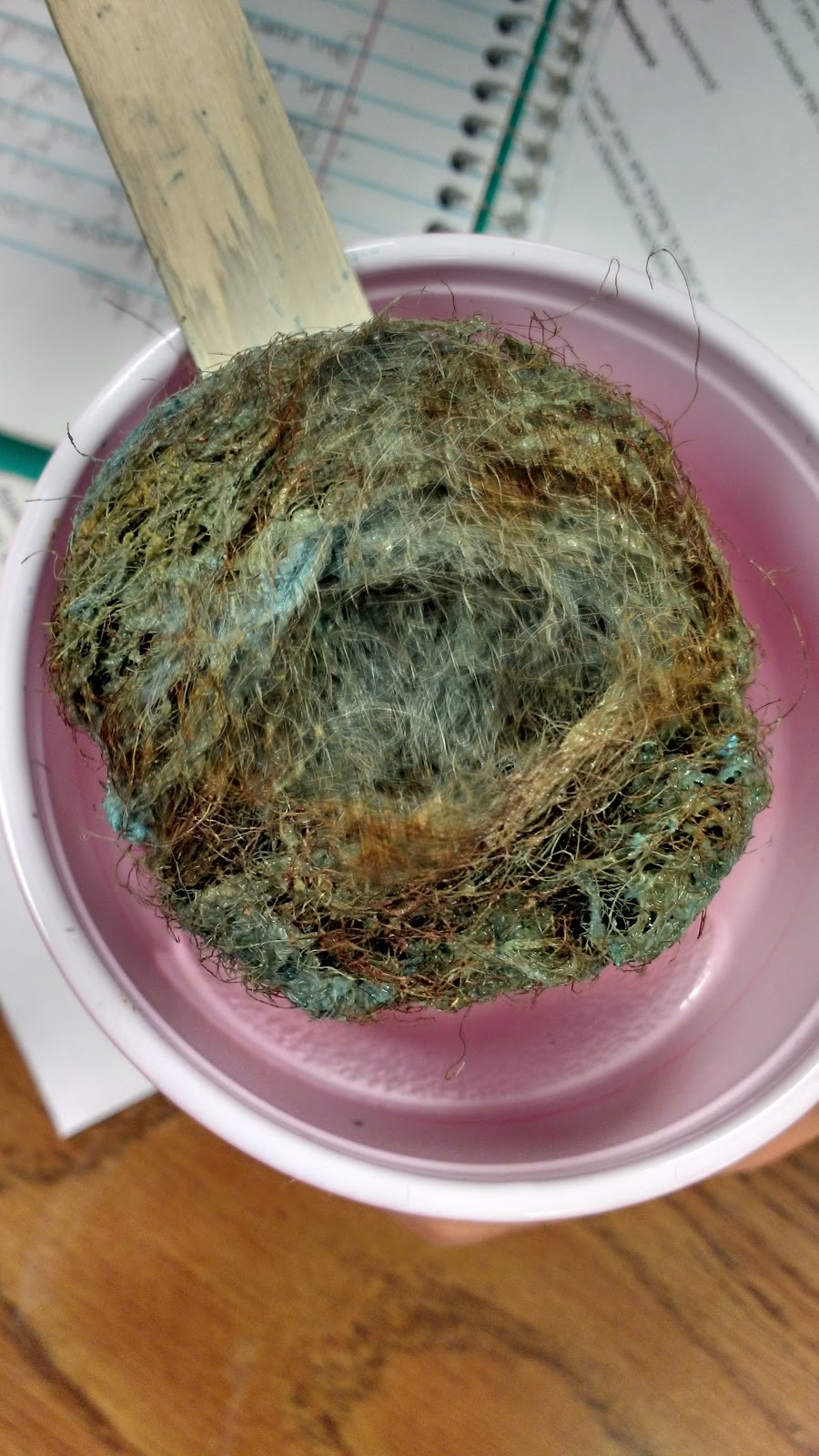
The other thing I didn’t take into consideration with this activity was that the rust would stain our containers. When my students went to the bathroom sink (side effect of teaching a science class without a science lab) to try and clean out the containers, they could not get the stains off. I ended up having to take them home and scrub them myself.
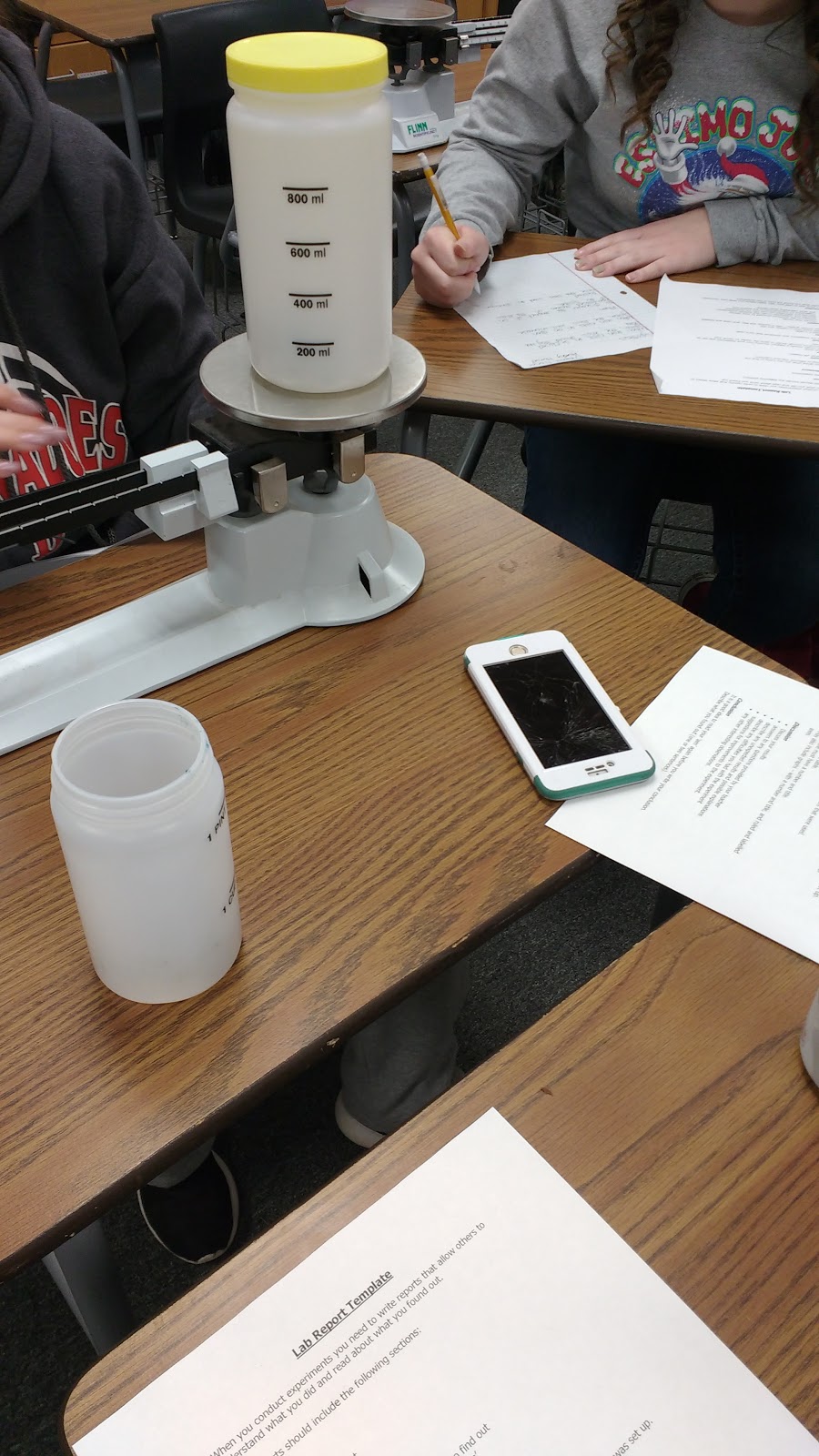
When my students wrote up their lab reports, many did not even include the hypothesis that we came up with in class together when we discussed how we would carry out this lab. My students love when we do labs in class, but I have just not found an effective way to carry them out yet. If I end up teaching another science class next year, I need to do some SERIOUS thinking about how I do labs with my students.
